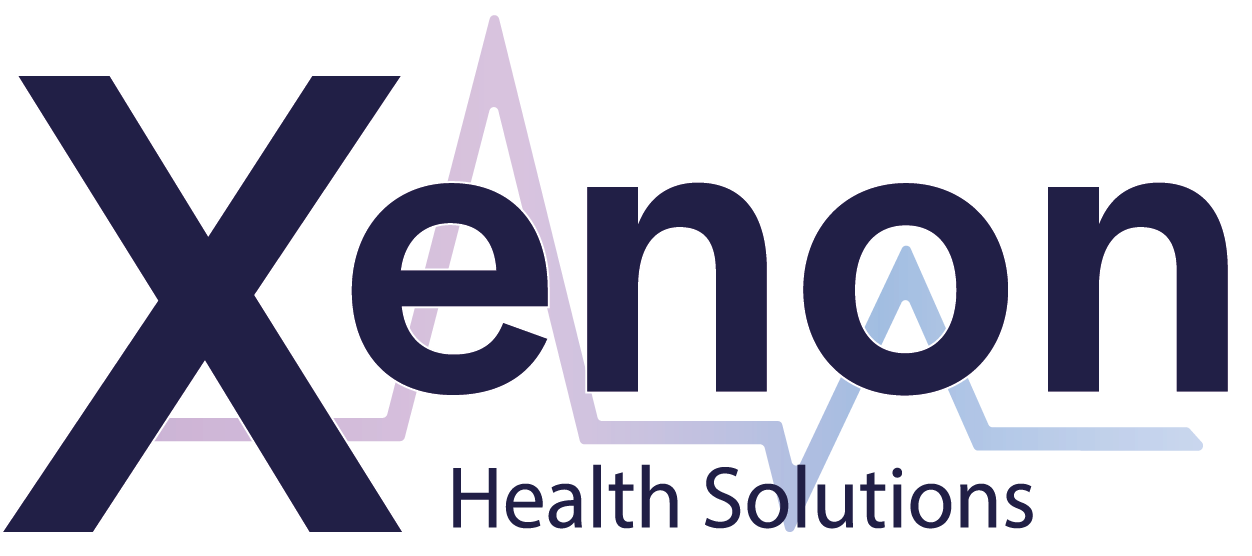Communicating Research and Healthcare Information
Researchers, Scientists and Healthcare Professionals often want to share their work with a wide
audience outside their field, but they frequently lack the training and tools to share their content in
an engaging way. The most commonly used methods of presenting research outputs include the use
of posters, presentations, and research papers, but these traditional methods can exclude or
alienate the most important recipient of research information, the public. It is fellow researchers
and health professionals who benefit from these traditional methods, which are often displayed at
specialised conferences or behind a paywall in journals, excluding the public and patient groups from
their message.
Patient groups and the public are becoming more engaged and aware of research activity and
healthcare issues. However, owing to some of the recent scandals, facts can often be distorted in the
media, leading to the public becoming apprehensive. Researchers often struggle to control the
framing of these issues with evidence-based information. There is an emerging need to develop new
ways to communicate health and research information thus increasing recognition of the value of
health research to improve patient care and inform health policy and practice. How can researchers
and patients work together to address the health issues of today whilst leading the way in research
communication internationally, alongside patient advocates? If we focus on some of the relevant
challenges our society has faced recently (vaccination misinformation, CervicalCheck, COVID-19), it is
important to note how improved communication and engagement can help researchers to take
better control of the message and ensure that the public are provided with the facts to prevent the
spread of misinformation and panic.
Building a strong enabling environment for health research in Ireland includes involving a diverse
range of voices in the conversation. We need to foster “a culture that recognises patients and the
public as partners in the health research process”. If we are focused on keeping patients at the
centre of health research, to ensure all new ideas include a diverse and inclusive set of voices on the
issues we are facing today, we will produce better more impactful data. The most recent HSE
strategy aims to provide a healthcare service that is “By all, with all, for all”, therefore we need to
ensure that there is an appropriate level of trust and communication between healthcare providers
and users. Better communication across these groups will help address this strategy and build trust
between all stakeholders, encouraging doctor-patient dialogue and shared decision-making.
It is vital to provide a forum for stakeholders to come together to open the dialogue around creating
engaging ways to communicate research and healthcare information, and how we can work to
reduce the barriers.
How can we assist researchers and healthcare professionals to expand the ways
they talk about their work – to move away from traditional methods used in research papers,
scientific journals, and presentations, to methods that will engage a much broader audience and the
media? Can we encourage the public and patients to be more involved and proactive in research?
We know that clinical research can’t happen without patient involvement, so it is vital that their
voices are heard, and their opinions and views are respected. We need to provide the health
community with tools to develop their outreach and communication skills which in turn will have an
impact at an organisational, national and international level to prevent research from happening in a
vacuum. Increasing engagement and improving dialogue between health professionals and the
public, will in turn enable more people to make educated decisions about their health and wellbeing.
This improves health outcomes, lessens the burden on the health service and impacts tomorrow’s
healthcare delivery.










